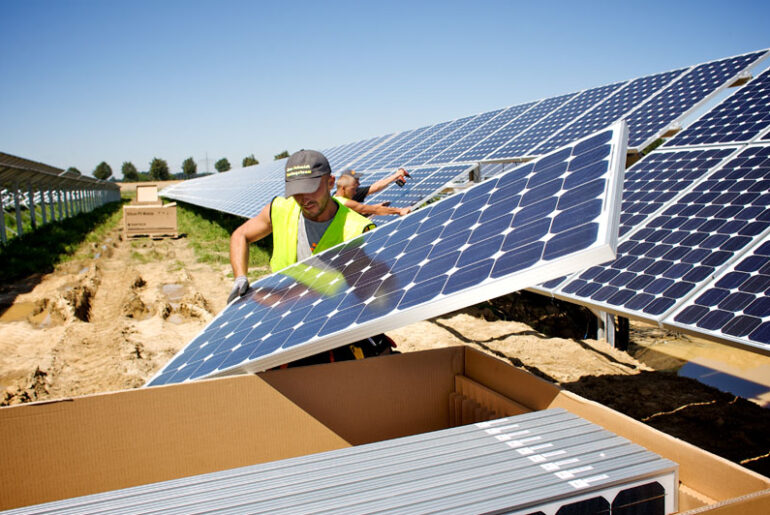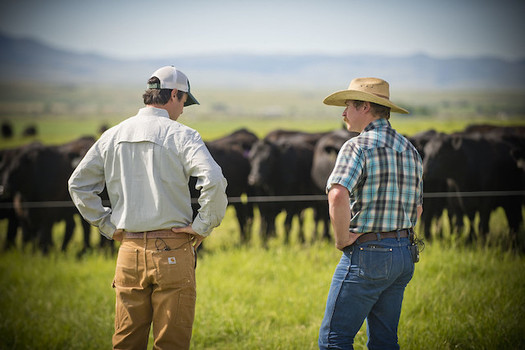Supermarkets provide us with food and essential items we need to survive, and they also play a unique and significant role in contributing to global warming. This is because supermarkets rely heavily on refrigeration systems to keep their products fresh, and these systems often use harmful chemicals known, not surprisingly, as refrigerants.
One of the most common refrigerants used in the past was Freon, also known as chlorofluorocarbons (CFCs). CFCs were widely used in refrigeration and air conditioning systems until it was discovered that they were damaging the Earth’s ozone layer. In response to this, the United States and other countries agreed to the Montreal Protocol in 1987, which helped phase out the production and use of CFCs.
As CFCs were phased out, another type of refrigerant known as hydrofluorocarbons (HFCs) began to take their place. As HFCs were further studied, it became apparent that while they do not deplete the stratospheric ozone layer like CFCs, they are still very potent greenhouse gasses, meaning they trap heat in the Earth’s atmosphere and contribute to global warming. In fact, some HFCs are thousands of times more powerful at warming the planet than carbon dioxide.
The good news is that there are alternative refrigerants that have much lower global warming potentials than these substances, such as CO² and ammonia. These alternatives are known as natural refrigerants and are already used by some supermarkets in the U.S. and around the world. The use of natural refrigerants can significantly reduce a supermarket’s greenhouse gas emissions and help to slow the pace of climate change. Natural refrigerants have their own set of pros and cons, for example, ammonia is a cheaper option, but can also be dangerous if not handled properly. Carbon dioxide is safer, but can cost supermarkets more to utilize.
As consumers, we can fight against global warming by, whenever possible, supporting supermarkets that are making efforts to reduce their negative impact. You might be surprised to learn which supermarket is the market leader when it comes to taking actions that reduce harmful emissions (I’ll give you a hint: it’s not Whole Foods). See the supermarket scorecard curated by the Environmental Investigation Agency (an independent nonprofit that studies solutions to the world’s most pressing environmental problems) to learn who’s trying, and who’s not.
The first draft of this article was written by ChatGPT, with the prompt, “as a journalist covering climate change in the U.S., write me an article approximately 750 words long about the relationship between supermarkets, greenhouse gas emissions and refrigerants, including Freon, chlorofluorocarbons, and hydrofluorocarbons…” The article was re-written and edited by Eli Andrews and fact-checked by the Localyst editorial staff.
Tell us what you think by sending an email to [email protected].




